Home>Furniture & Design>Interior Design Trends>How To Clean Cloudy Glass
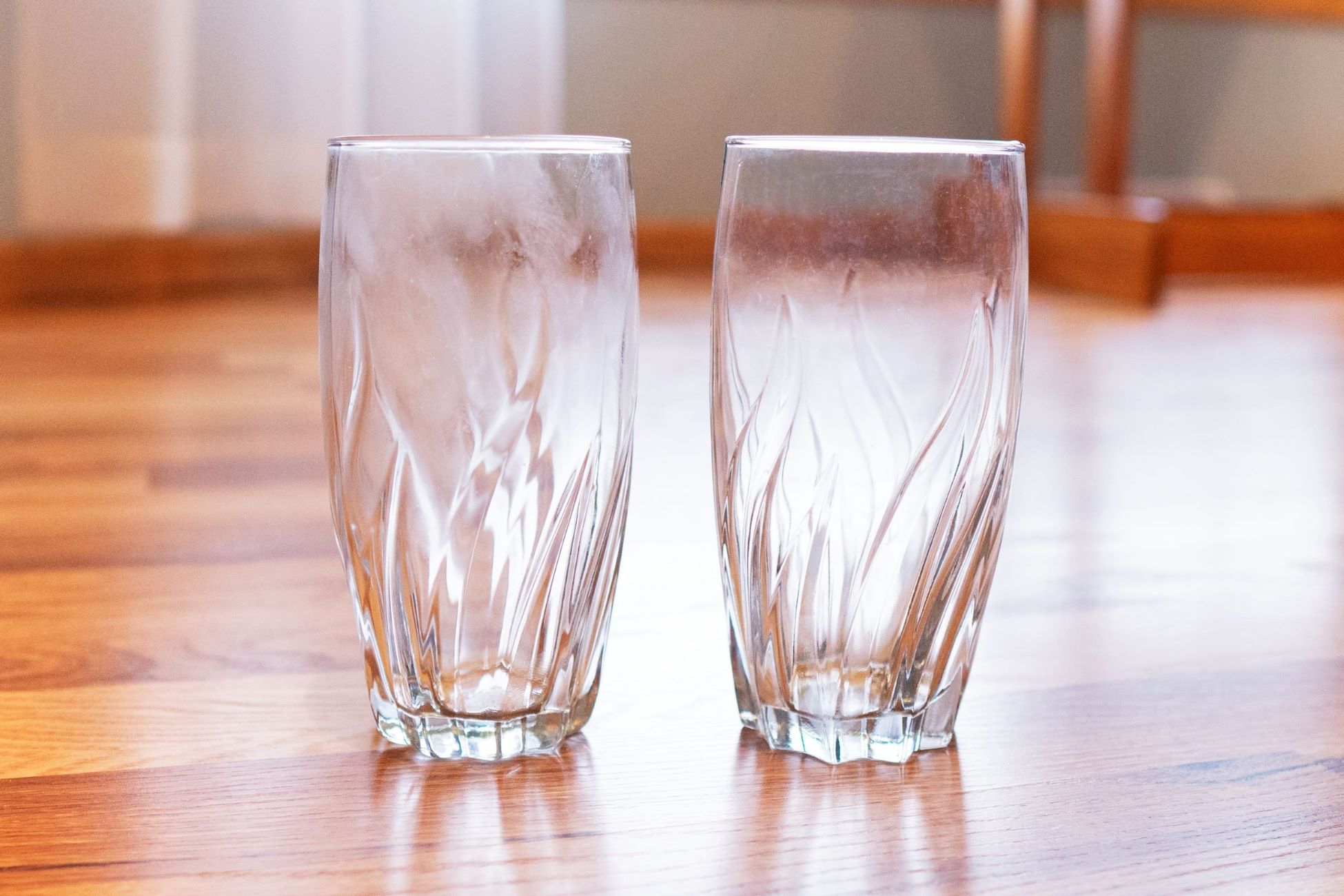

Interior Design Trends
How To Clean Cloudy Glass
Modified: February 14, 2024
Learn how to clean cloudy glass and improve your interior design with the latest trends. Discover effective tips and techniques for sparkling, clear glass surfaces.
(Many of the links in this article redirect to a specific reviewed product. Your purchase of these products through affiliate links helps to generate commission for Storables.com, at no extra cost. Learn more)
Introduction
Cloudy glass can be a frustrating eyesore, diminishing the beauty and functionality of glass surfaces in our homes. Whether it's a cloudy shower door, a foggy window, or a hazy glass tabletop, the lack of clarity can detract from the overall aesthetic appeal of the space. However, the good news is that with the right techniques and materials, restoring the clarity of cloudy glass is entirely achievable.
In this comprehensive guide, we will delve into the causes of cloudy glass, the essential materials needed for effective cleaning, and a step-by-step guide to banishing the haze and bringing back the sparkle to your glass surfaces. Additionally, we will provide valuable tips for maintaining clear glass, ensuring that your efforts yield long-lasting results.
By the end of this article, you will be equipped with the knowledge and expertise to tackle cloudy glass issues with confidence, allowing you to enjoy the pristine beauty of transparent glass in your living spaces once again. So, let's embark on this journey to transform cloudy glass into gleaming, crystal-clear surfaces that enhance the visual appeal of your home.
Key Takeaways:
- Say goodbye to cloudy glass by using white vinegar, baking soda, and a rubber squeegee. Regular maintenance and preventive treatments will keep your glass surfaces sparkling and clear.
- Cloudy glass? No problem! Mix white vinegar and distilled water, scrub with baking soda, and squeegee for a streak-free finish. Remember to maintain and inspect regularly for pristine glass surfaces.
Read more: How To Clean Cloudy Wine Glasses
Understanding the Causes of Cloudy Glass
Cloudy glass is a common issue that can arise due to various factors, ranging from mineral deposits to environmental conditions. Understanding the root causes of this cloudiness is crucial in effectively addressing and preventing it. Here are the primary factors contributing to cloudy glass:
Hard Water Deposits
One of the leading culprits behind cloudy glass is hard water. When water with high mineral content, such as calcium and magnesium, evaporates on glass surfaces, it leaves behind mineral deposits. Over time, these deposits accumulate, resulting in a cloudy or hazy appearance on the glass. This is particularly evident on shower doors, windows, and glassware regularly exposed to hard water.
Soap Scum Buildup
In bathrooms, soap scum can contribute to cloudy glass. As soap and water mix, they form a filmy residue that adheres to glass surfaces. This buildup not only affects the clarity of the glass but also creates an unsightly appearance. When left unaddressed, soap scum can become increasingly difficult to remove, exacerbating the cloudiness.
Environmental Pollutants
Exposure to environmental pollutants, such as dust, dirt, and airborne particles, can also lead to cloudy glass. These contaminants settle on glass surfaces over time, diminishing their transparency and luster. In urban areas or locations near industrial sites, the impact of pollutants on glass clarity may be more pronounced.
Read more: How To Clean Cloudy Glass Vases
Aging and Weathering
Glass surfaces, especially those exposed to the elements, can undergo natural aging and weathering processes. Over time, this can result in a gradual loss of transparency, leading to a cloudy or dull appearance. Factors such as UV exposure, temperature fluctuations, and moisture can contribute to the weathering of glass, affecting its visual appeal.
By recognizing these underlying causes of cloudy glass, you can tailor your cleaning and maintenance efforts to effectively address each factor. Armed with this knowledge, you can implement targeted strategies to restore the clarity of glass surfaces and prevent future cloudiness, ensuring that your living spaces remain bright and inviting.
Materials Needed for Cleaning Cloudy Glass
To effectively tackle the challenge of cloudy glass, you will need a selection of materials specifically tailored to address the underlying causes of the haze. These essential items will enable you to restore the transparency and luster of glass surfaces, transforming them from cloudy to crystal clear. Here's a comprehensive list of the materials required for cleaning cloudy glass:
White Vinegar
White vinegar is a versatile and effective cleaning agent that plays a pivotal role in combating mineral deposits and soap scum on glass surfaces. Its acidic nature helps dissolve and loosen stubborn residue, making it an indispensable component of any cloudy glass cleaning solution.
Distilled Water
Using distilled water for glass cleaning is crucial, especially when dealing with hard water deposits. Unlike tap water, which contains minerals that can contribute to cloudiness, distilled water is free from impurities, ensuring a streak-free and pristine finish on glass surfaces.
Read more: How To Clean A Cloudy Glass Cooktop
Microfiber Cloth
A high-quality microfiber cloth is an essential tool for achieving a streak-free and polished look after cleaning cloudy glass. Its fine fibers effectively capture and lift away residue without leaving lint or streaks behind, resulting in a sparkling, crystal-clear finish.
Baking Soda
Baking soda serves as a gentle abrasive agent, ideal for tackling tough stains and buildup on glass surfaces. When combined with other cleaning agents, it enhances the cleaning power, helping to eliminate stubborn residue and restore the natural clarity of the glass.
Spray Bottle
A spray bottle is a convenient and practical tool for dispensing cleaning solutions onto glass surfaces. It allows for precise application and even coverage, ensuring that the cleaning solution effectively targets the cloudy areas without wastage.
Rubber Squeegee
A rubber squeegee is an invaluable tool for removing excess water and cleaning solutions from glass surfaces. Its flexible blade efficiently clears away moisture, preventing streaks and water spots, and leaving the glass with a pristine, streak-free finish.
Read more: How Do I Clean Cloudy Shower Glass
Glass Cleaner (Optional)
While homemade cleaning solutions can be highly effective, commercial glass cleaners formulated specifically for removing mineral deposits and soap scum can provide added convenience and efficacy. Look for a non-abrasive, ammonia-free glass cleaner for optimal results.
By assembling these essential materials, you will be well-equipped to embark on the journey of restoring the clarity and brilliance of cloudy glass surfaces in your home. With the right tools at your disposal, you can confidently proceed to the next step: the step-by-step guide to cleaning cloudy glass.
Step-by-Step Guide to Cleaning Cloudy Glass
-
Prepare the Cleaning Solution: In a spray bottle, mix equal parts of white vinegar and distilled water. This solution effectively targets mineral deposits and soap scum, restoring the clarity of the glass.
-
Apply the Cleaning Solution: Liberally spray the cloudy glass surfaces with the prepared solution, ensuring thorough coverage of the affected areas. Allow the solution to sit for a few minutes to penetrate and loosen the stubborn residue.
-
Scrub with Baking Soda: For persistent cloudy spots, create a paste by mixing baking soda with a small amount of water. Gently apply the paste to the affected areas and use a soft-bristled brush or sponge to scrub the glass, focusing on areas with visible buildup.
-
Rinse and Wipe: Using a clean microfiber cloth dampened with distilled water, thoroughly rinse the glass surfaces to remove the cleaning solution and residue. Ensure that all traces of the solution and loosened deposits are effectively wiped away.
-
Squeegee for a Streak-Free Finish: Employ a rubber squeegee to remove excess water from the glass, starting from the top and working your way down in a smooth, overlapping motion. This step prevents water spots and streaks, leaving the glass with a pristine, streak-free finish.
-
Polish with a Microfiber Cloth: Once the glass is dry, use a dry microfiber cloth to polish the surfaces, buffing them to a sparkling clarity. The fine fibers of the cloth will capture any remaining particles and ensure a flawless, crystal-clear appearance.
-
Inspect and Touch Up: After the cleaning process, inspect the glass surfaces under different lighting conditions to identify any remaining cloudiness or streaks. If necessary, touch up specific areas using the cleaning solution and microfiber cloth until the glass achieves a uniform, transparent finish.
By following this step-by-step guide, you can effectively address cloudy glass issues and restore the natural brilliance of glass surfaces in your home. These targeted cleaning techniques, combined with the right materials, will help you achieve remarkable results, ensuring that your glass surfaces exude clarity and radiance.
Tips for Maintaining Clear Glass
Maintaining the clarity and pristine appearance of glass surfaces goes beyond the initial cleaning process. To ensure that your glass remains clear and sparkling for an extended period, incorporating proactive maintenance practices is essential. Here are valuable tips for preserving the transparency and luster of glass in your living spaces:
Regular Cleaning Schedule
Establishing a regular cleaning schedule for glass surfaces is fundamental in preventing the buildup of mineral deposits, soap scum, and environmental contaminants. By incorporating consistent cleaning into your household maintenance routine, you can effectively mitigate the accumulation of residue that leads to cloudy glass. Consider setting a bi-weekly or monthly cleaning schedule, depending on the usage and exposure of the glass surfaces.
Read more: How To Clean Cloudy Mirrors
Use Preventive Treatments
Applying preventive treatments, such as water repellent coatings or protective sealants, can help safeguard glass surfaces from the detrimental effects of hard water, soap scum, and environmental pollutants. These treatments create a barrier that repels water, minerals, and other substances, reducing the likelihood of cloudiness and simplifying the cleaning process. Consult with a professional or refer to product recommendations to select the most suitable preventive treatment for your specific glass surfaces.
Avoid Abrasive Cleaners
When cleaning glass, it's crucial to avoid abrasive cleaners or harsh chemicals that can scratch or etch the surface. Opt for non-abrasive, glass-friendly cleaning solutions and tools to maintain the integrity of the glass while effectively removing residue. Additionally, steer clear of rough scrubbing pads or abrasive materials that can compromise the smoothness and clarity of the glass.
Dry Glass Thoroughly
After cleaning or exposure to moisture, ensure that glass surfaces are thoroughly dried to prevent water spots and streaks. Utilize a rubber squeegee or a microfiber cloth to remove excess moisture, promoting a streak-free and polished finish. Pay particular attention to areas prone to water accumulation, such as shower doors and windows, to maintain their pristine appearance.
Address Spills and Stains Promptly
Promptly addressing spills and stains on glass surfaces can prevent them from hardening and becoming challenging to remove. Whether it's fingerprints, water spots, or other residues, attending to them promptly with a gentle cleaning solution and a microfiber cloth can help preserve the clarity and cleanliness of the glass.
Read more: How To Get Rid Of Cloudy Glass
Regular Inspection
Conduct regular visual inspections of glass surfaces to identify early signs of cloudiness, buildup, or damage. By promptly addressing any emerging issues, such as mineral deposits or soap scum accumulation, you can prevent them from escalating and maintain the glass in optimal condition.
By integrating these tips into your glass maintenance regimen, you can uphold the pristine clarity and allure of glass surfaces throughout your home. With proactive care and attention, your glass will continue to exude a radiant and transparent presence, enhancing the aesthetic appeal of your living spaces.
Conclusion
In conclusion, the journey to restoring the clarity of cloudy glass surfaces is a rewarding endeavor that yields transformative results for your living spaces. By understanding the underlying causes of cloudiness, assembling the essential materials for effective cleaning, and following a meticulous step-by-step guide, you can banish the haze and bring back the brilliance of glass surfaces. The insights shared in this guide empower you to address common culprits such as hard water deposits, soap scum buildup, environmental pollutants, and natural aging, enabling you to tailor your cleaning approach to each specific cause.
Furthermore, the proactive tips for maintaining clear glass ensure that the radiance and transparency of your glass surfaces endure over time. By incorporating regular cleaning schedules, utilizing preventive treatments, avoiding abrasive cleaners, and promptly addressing spills and stains, you can safeguard the pristine appearance of your glass, enhancing the visual appeal of your home.
As you embark on the journey of cleaning and maintaining glass surfaces, remember that the process is not merely about restoring clarity but also about preserving the inherent beauty and functionality of glass in your living spaces. The sparkling clarity of glass windows, shower doors, tabletops, and glassware contributes to a bright, inviting ambiance, elevating the aesthetic appeal of your home.
Ultimately, the knowledge and techniques shared in this guide empower you to take proactive measures in caring for your glass surfaces, ensuring that they remain a source of visual delight and elegance. By embracing these practices, you can revel in the timeless allure of clear glass, creating an atmosphere of luminosity and sophistication within your home.
With the comprehensive understanding of the causes of cloudy glass, the essential materials for cleaning, the step-by-step guide, and the maintenance tips at your disposal, you are well-equipped to embark on a journey of glass transformation. Embrace the opportunity to restore the brilliance of your glass surfaces, infusing your living spaces with the timeless radiance and clarity that only pristine glass can provide.
Frequently Asked Questions about How To Clean Cloudy Glass
Was this page helpful?
At Storables.com, we guarantee accurate and reliable information. Our content, validated by Expert Board Contributors, is crafted following stringent Editorial Policies. We're committed to providing you with well-researched, expert-backed insights for all your informational needs.
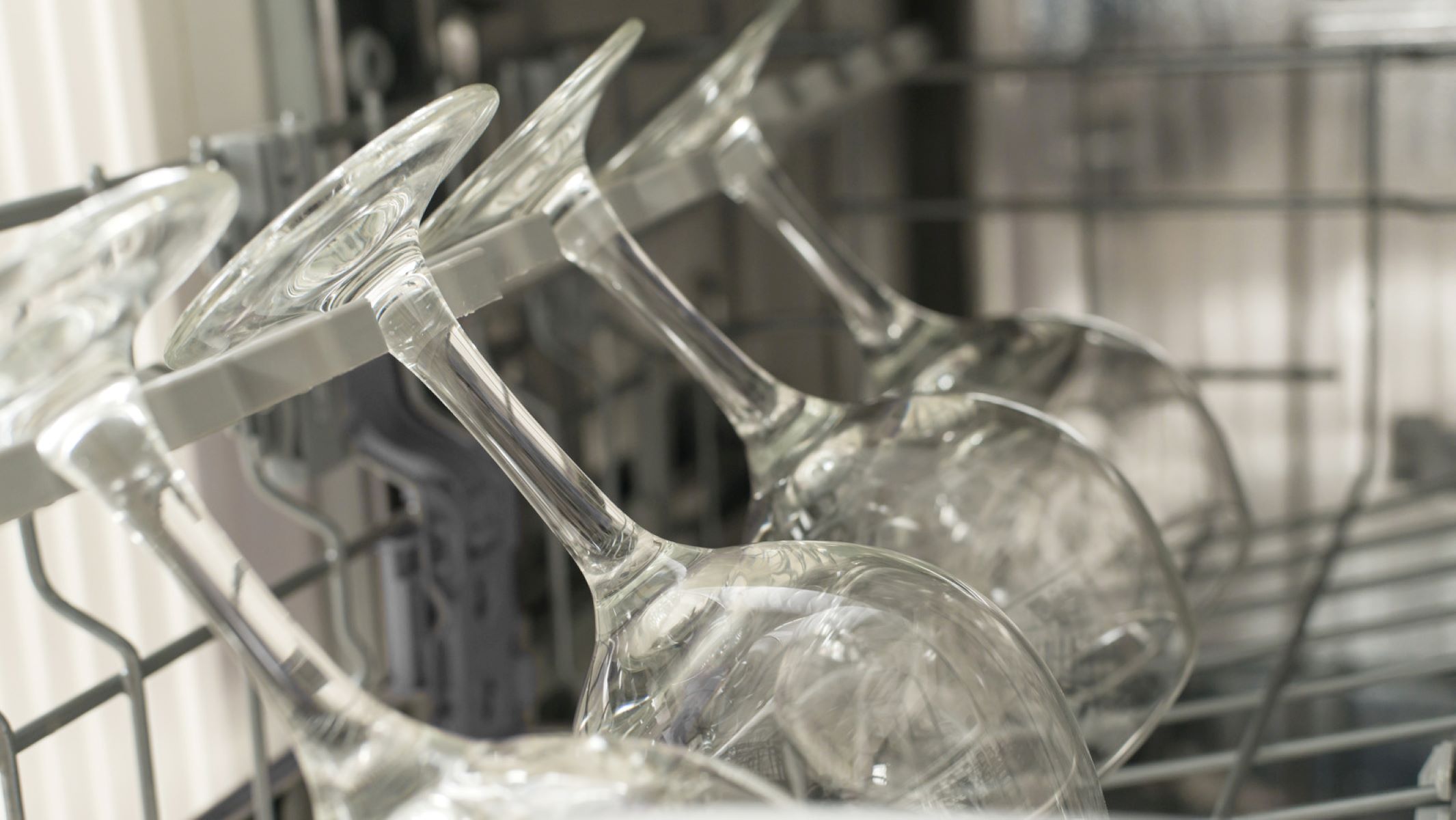
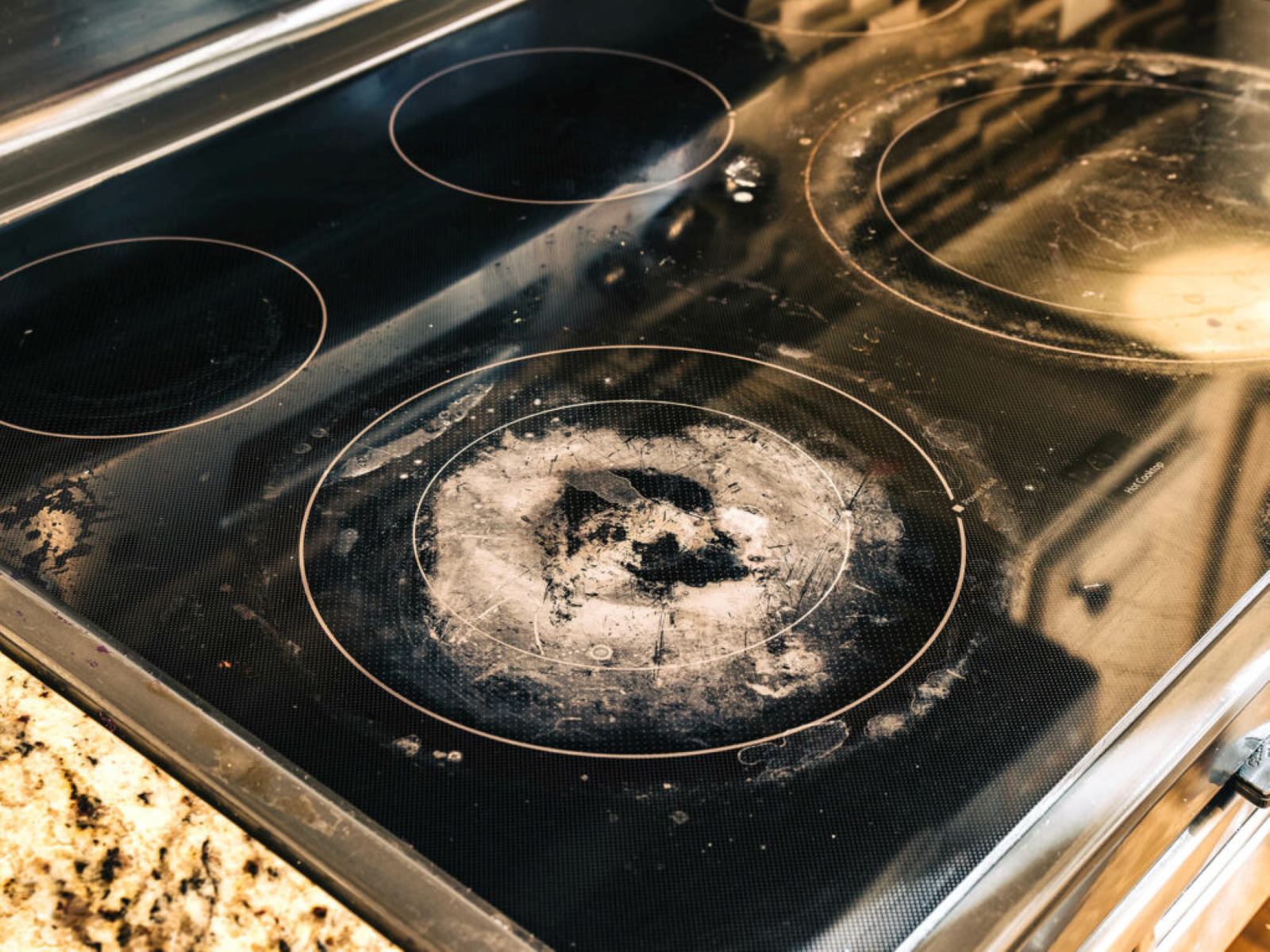
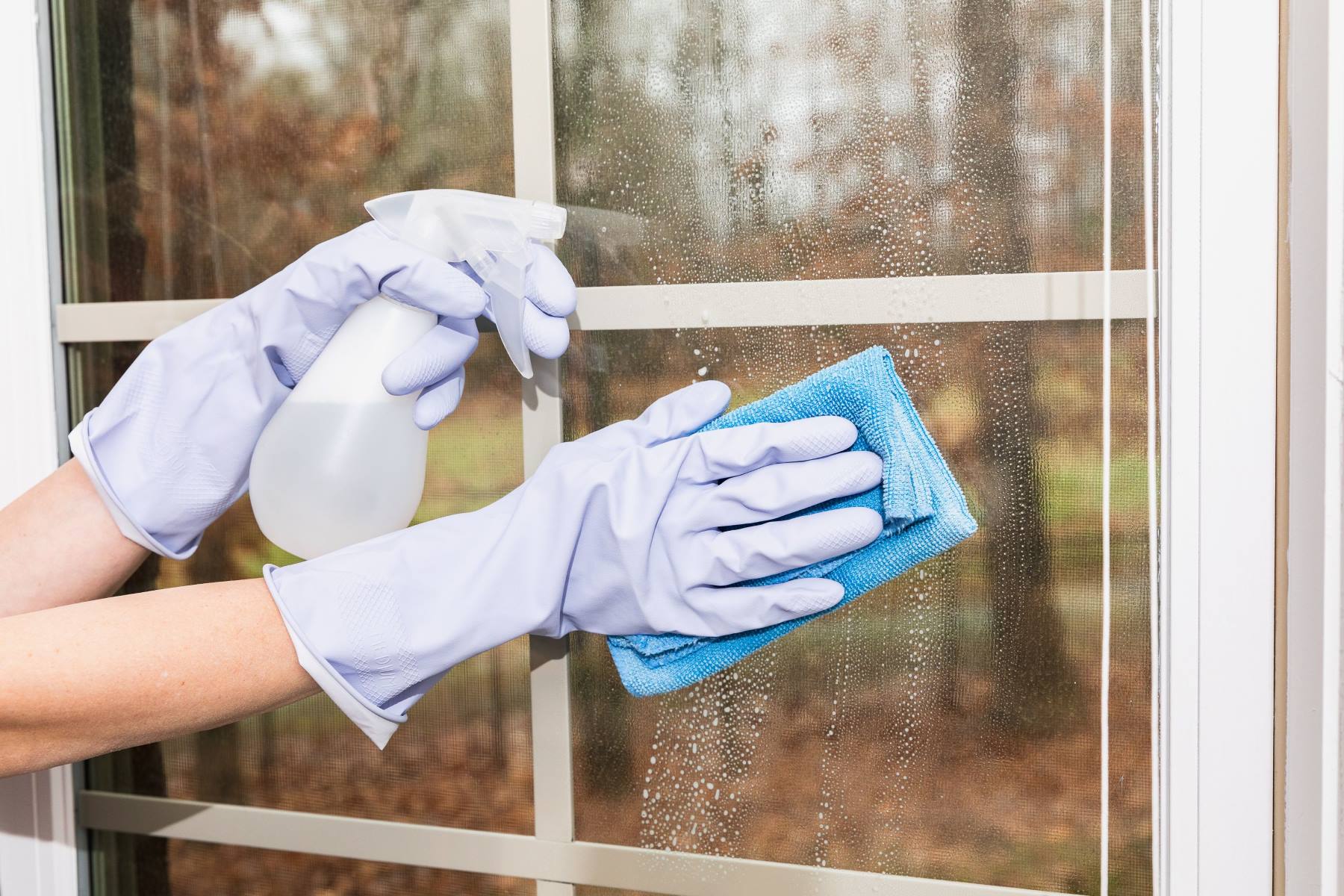
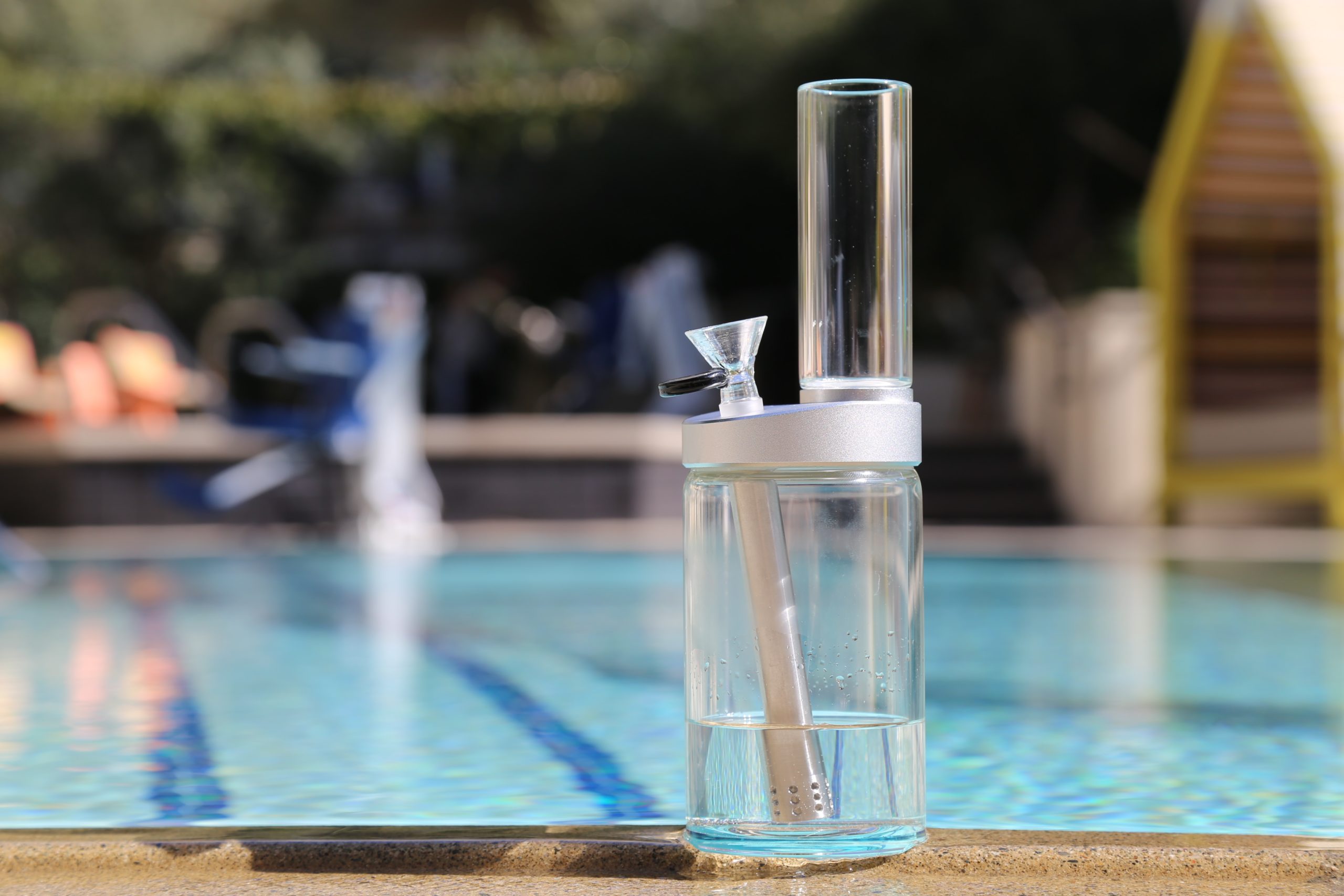
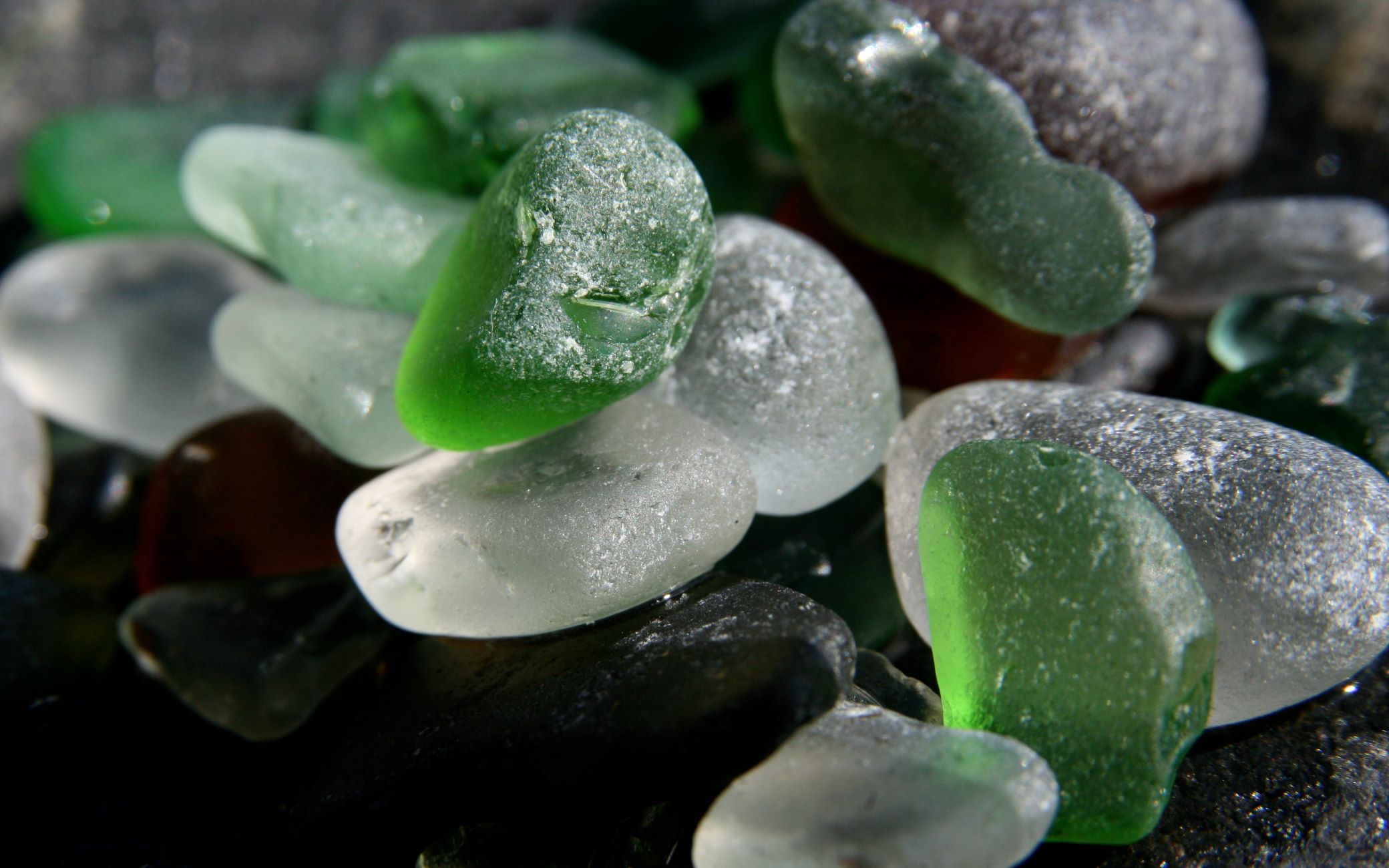
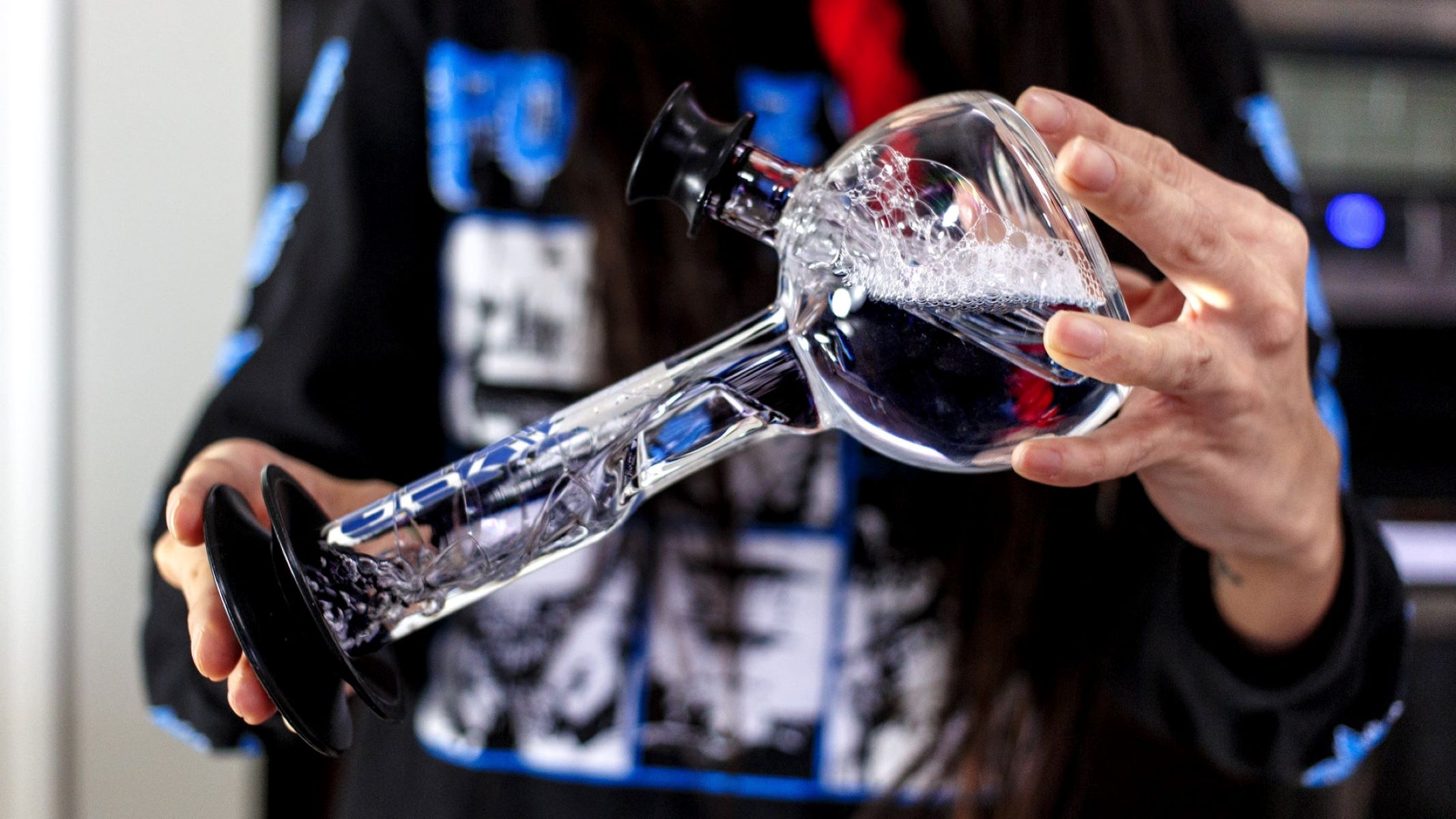
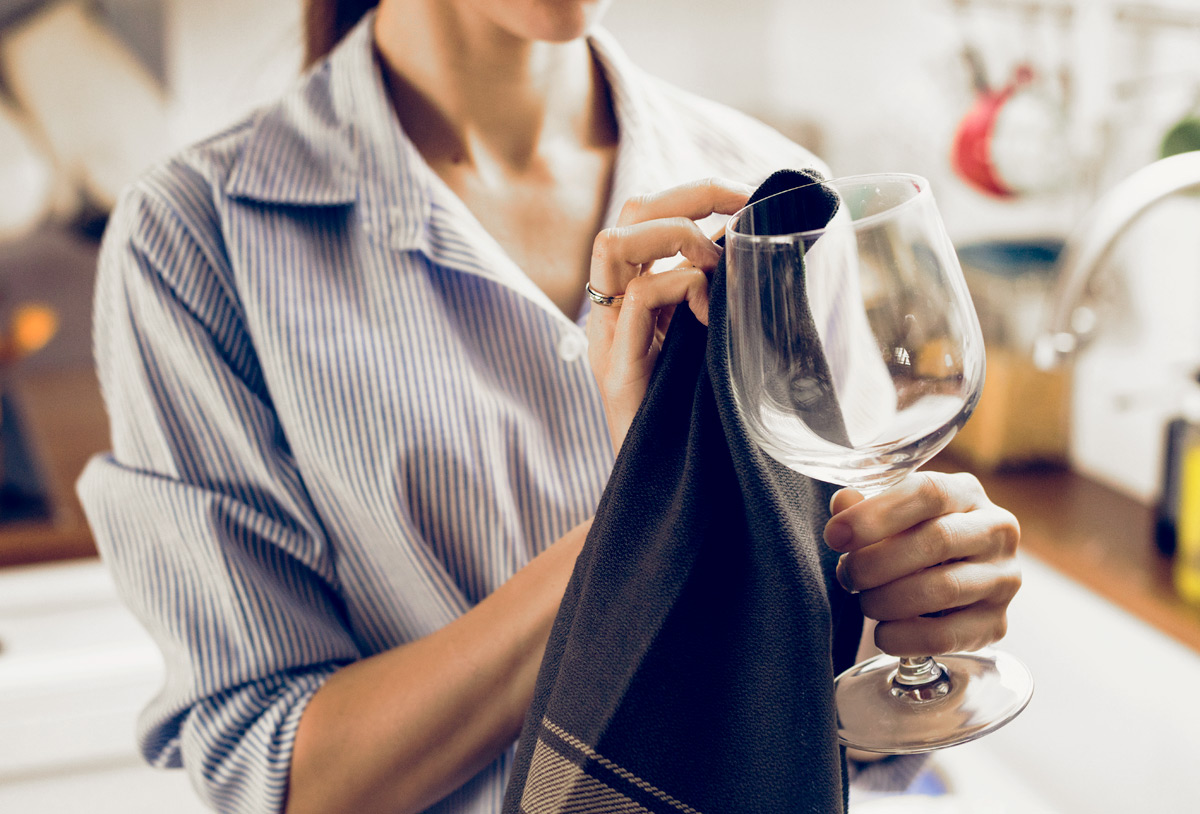
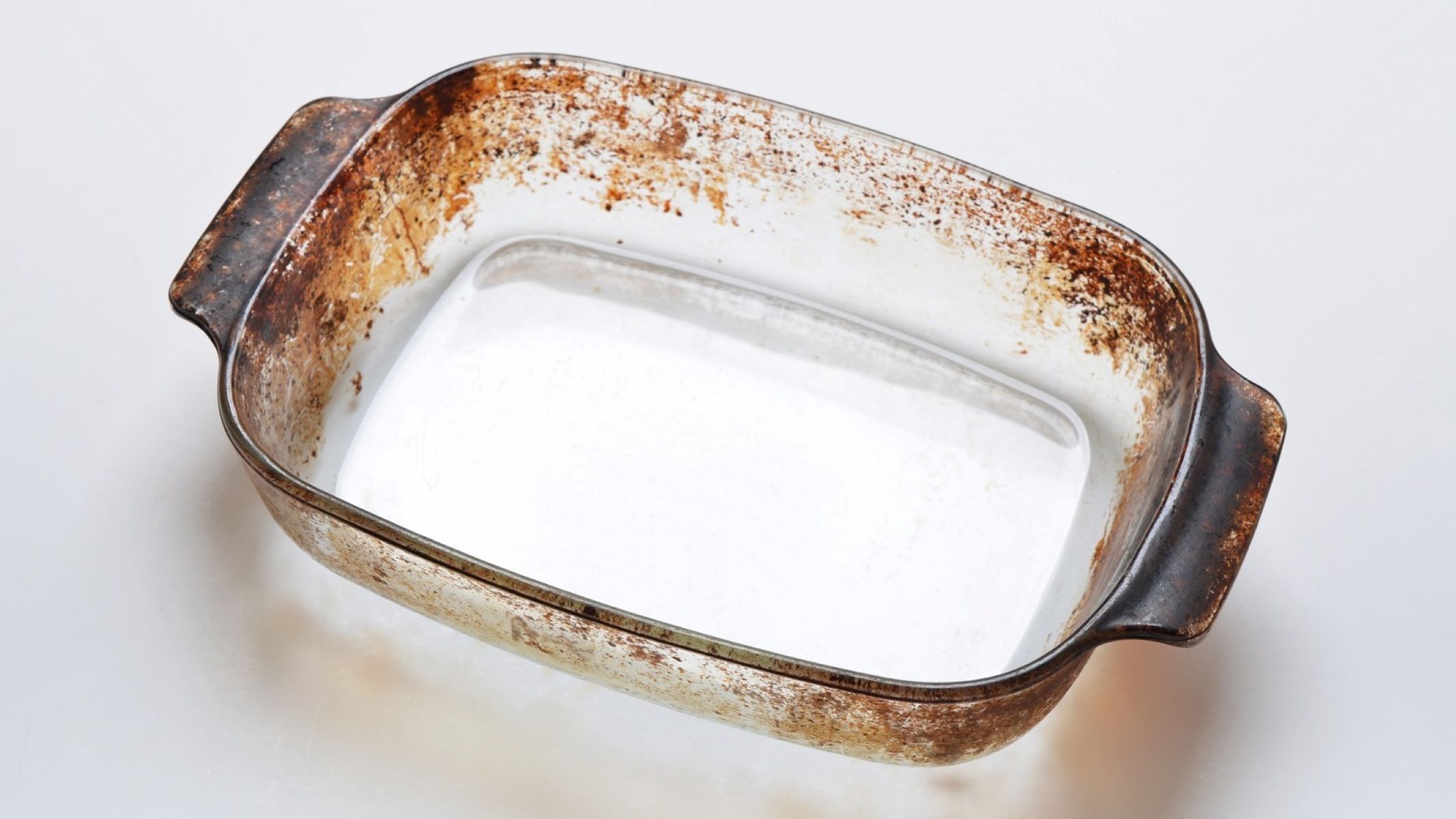
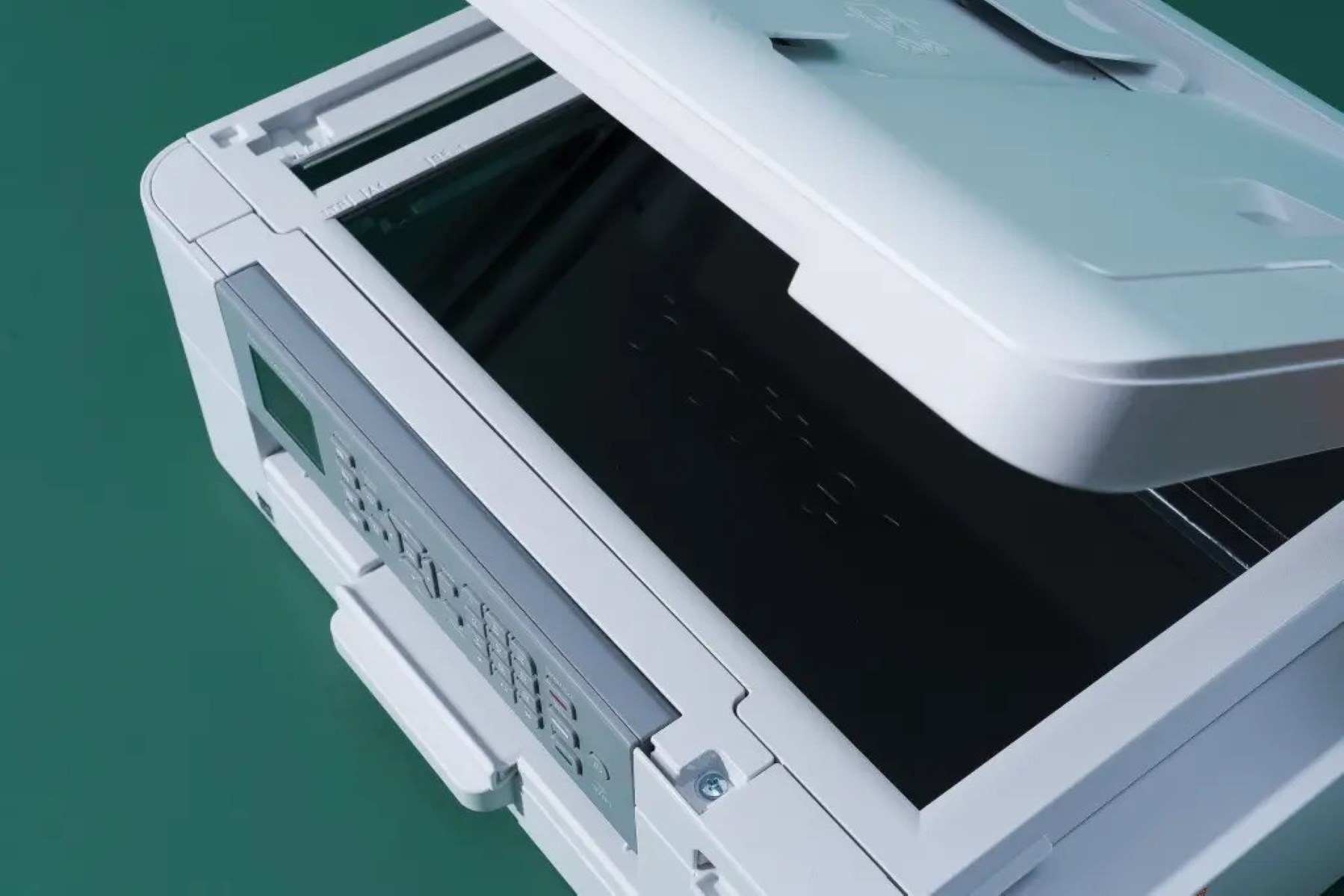
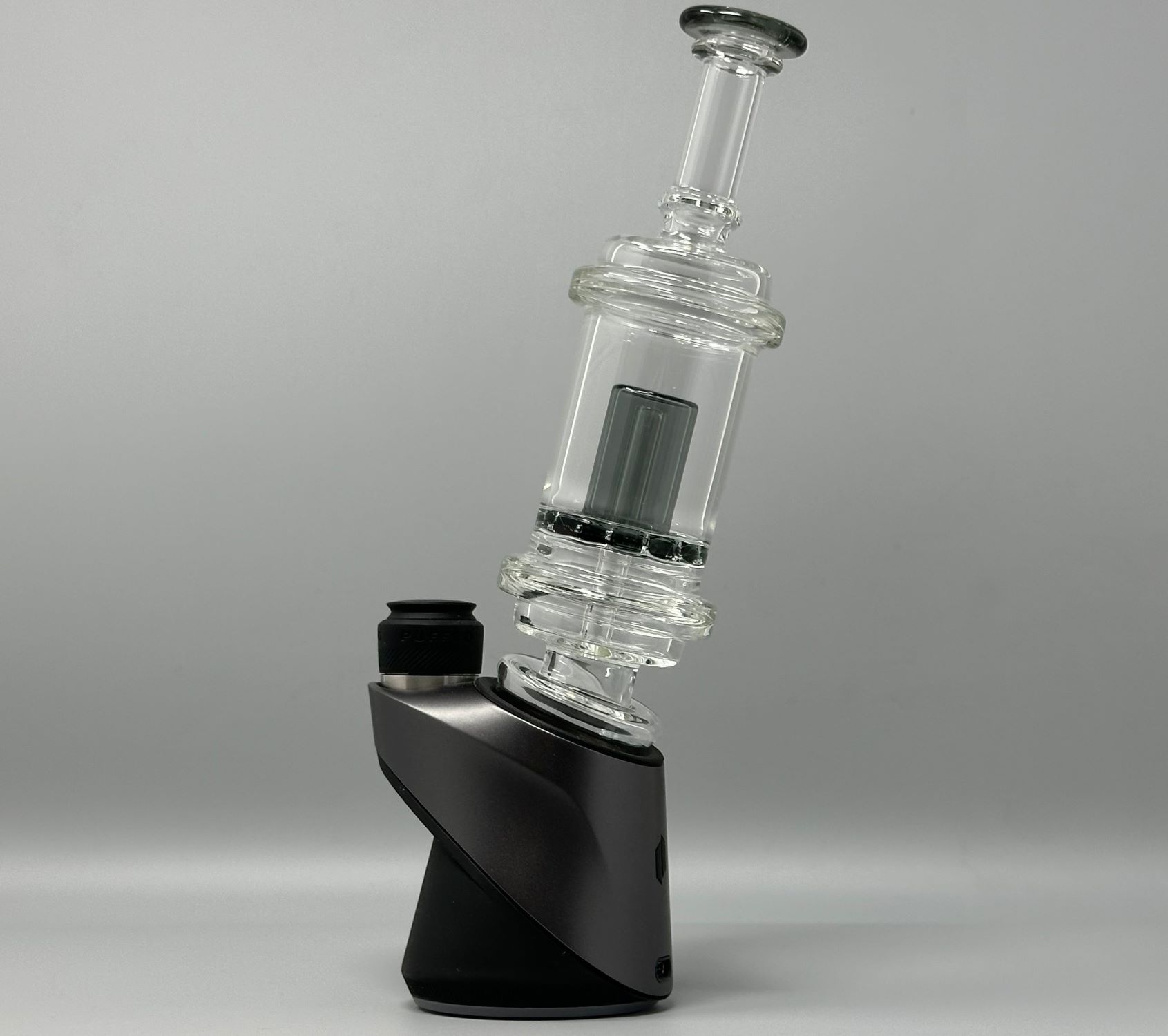

0 thoughts on “How To Clean Cloudy Glass”